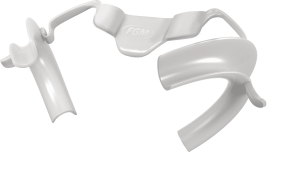In this clinical case we report teeth whitening by removing stains on teeth with Whiteness RM and whitening with Whiteness Perfect.
Authors: Dr. Thais Furtado Alves, Prof. Dr. Maria Carolina Santos Picinini, Prof. Dr. Isabela Celine do Carmo Ferreira, Prof. Dr. Rodrigo Guerra de Oliveira, Prof. Dr. Leonardo Santos Picinini, and Prof. Dr. Paulo Sérgio Quagliatto.
FEMALE PATIENT, 23 YEARS OLD
She was dissatisfied with the aesthetics of her smile due to white spots on her teeth.
Initial evaluation
The patient reports the presence of stains on the teeth since the moment of the dental eruption. However, she denies any sensitivity associated with these spots, and during clinical evaluation, she showed no discomfort when subjected to stimuli
During the clinical evaluation, it was possible to verify the presence of stains on all teeth, more frequent on the vestibular face, especially on the incisal and cervical thirds. The patient said she did not use orthodontic appliances and had not previously undergone tooth whitening.
Most white spots exhibited smooth and shiny surface features. However, in some teeth, an irregular surface was observed. This has been noted, for example, in the cervical third of tooth 11, in the incisal portion of tooth 12, in the middle third of tooth 31, in the cervical of tooth 23, and in the incisal portions of teeth 24 and 25.
During the evaluation of teeth 33, 34, and 35, cavities were found in the cervical region that did not show sensitivity when probed. No detachment of dental tissue was observed during probing.
When performing the transillumination examination using the light-curing device, it was possible to notice that only some spots of the stains presented a more delimited and opaque aspect. This detail was identified through visualization with light, contributing to a more complete analysis of the characteristics of the stains on the patient’s teeth.
Treatment performed
Treatment began with the use of the desensitizer Desensibilize KF 0.2%. This product was applied to the tray and used for 10 minutes daily for a week. Whiteness HP AutoMixx 35% PLUS, a 35% hydrogen peroxide-based whitener, was used for in-office whitening. We initially opted for an in-office whitening for a faster result. For take-home whitening, Whiteness Perfect, a 16% carbamide peroxide-based whitener, was used for three hours daily over 30 days.
After one week without using the whitening gel, it was recommended to perform microabrasion on teeth 15 to 25 and 34 to 44. Whiteness RM, a stain remover by microabrasion containing 6% hydrochloric acid and silicon carbide, was used for this.
After seven days of the microabrasion procedure, it was essential to assess whether there was a need to perform direct restorations on the teeth. Finally, after all these steps, it was recommended that final photographs be obtained to document the result of the treatment.
Step by step
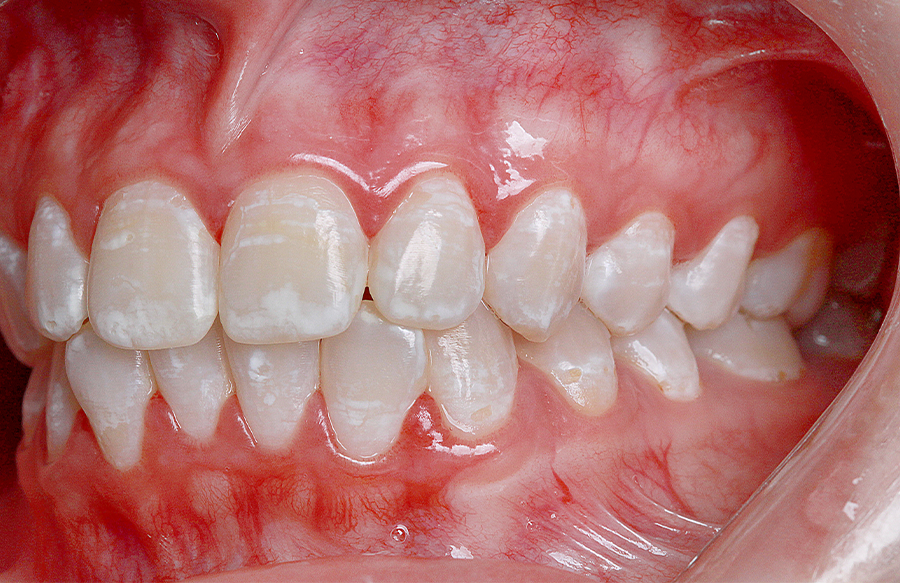
1 | Initial assessment, region 23.
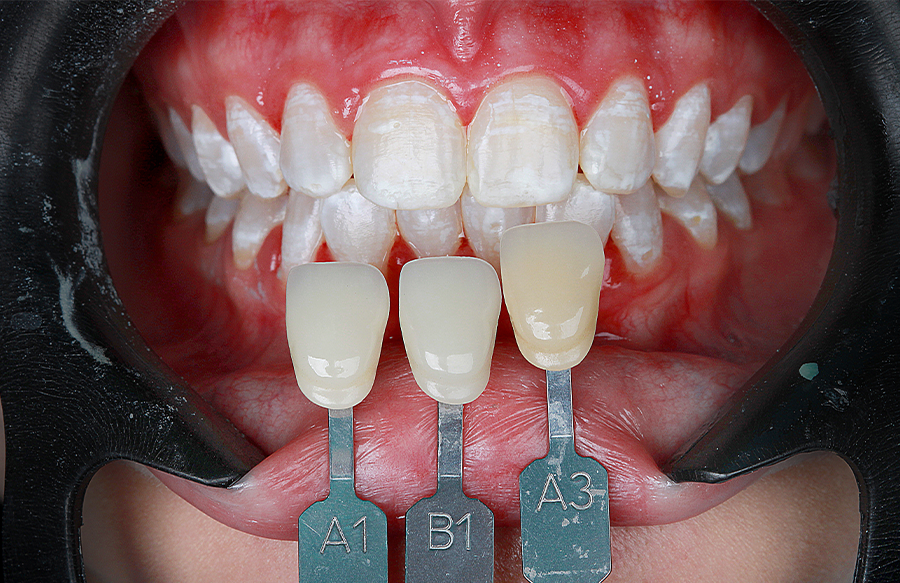
2 | Initial shade taking with A1, A3, and B1 scale

3 | Prophylaxis.
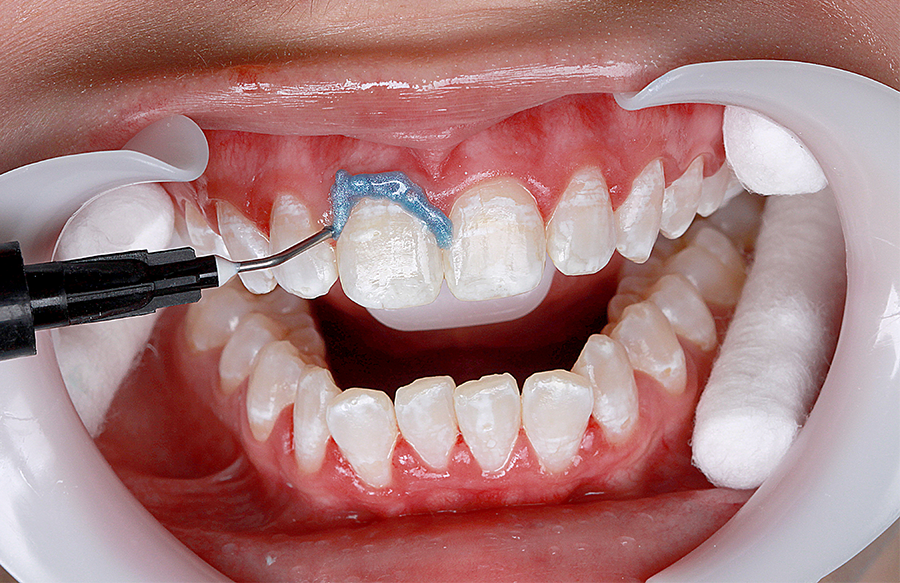
4 | Application of Top Dam.
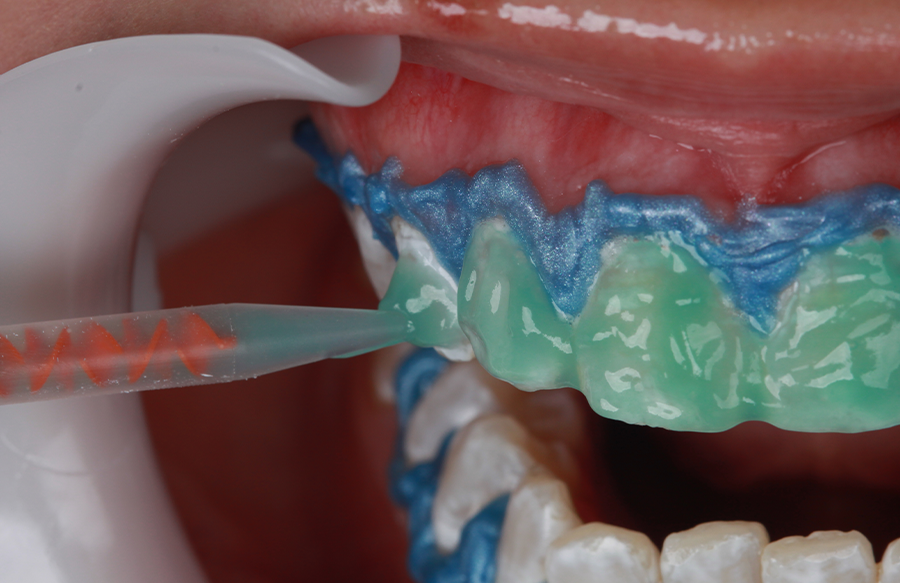
5 | Application of Whiteness HP AutoMixx 35% PLUS whitening gel.
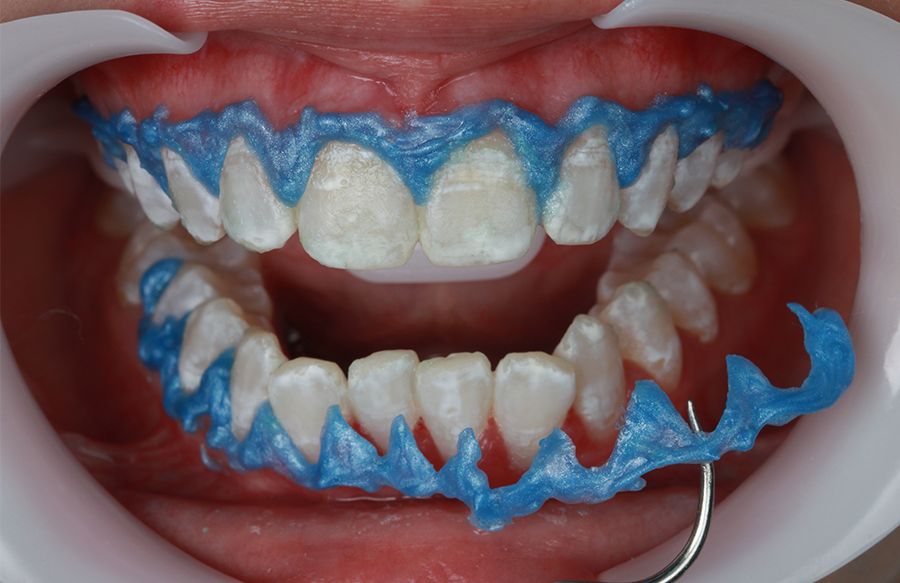
6 | Removal of the gingival barrier.

7 | Smile with silicone whitening tray 1 mm – superior and inferior.
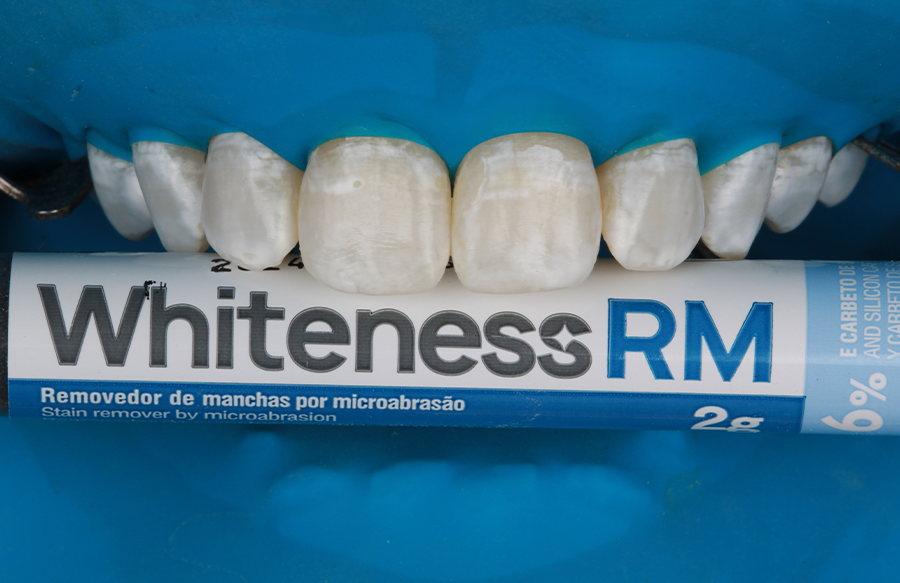
8 | Absolute isolation to perform microabrasion with Whiteness RM.
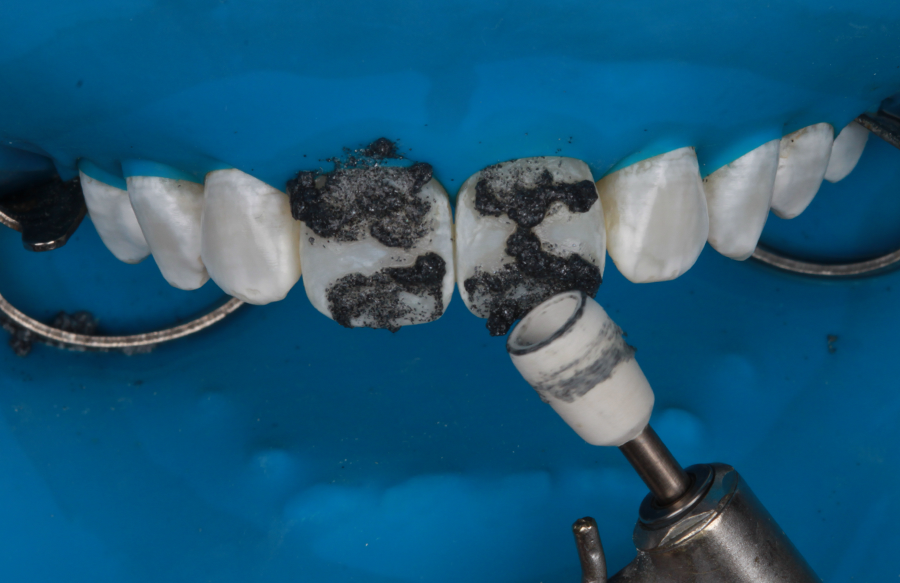
9 | Use of Whiteness RM with rubber cup.
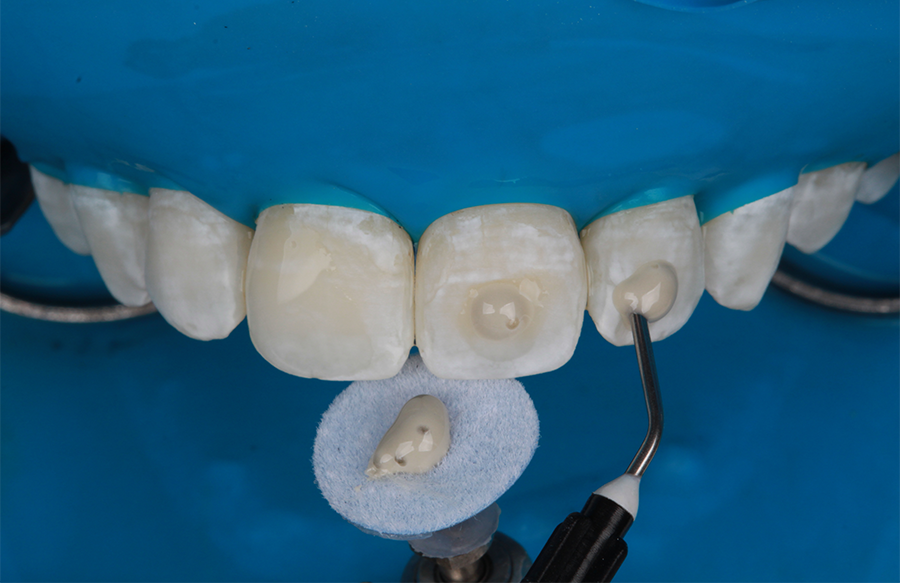
10 | Polishing with diamond paste.
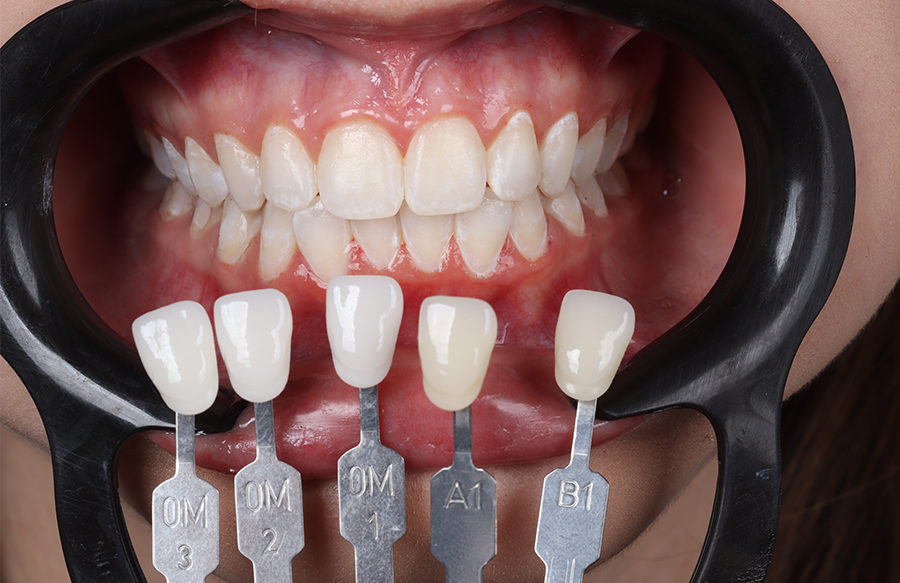
11 | Final record with the color guide.
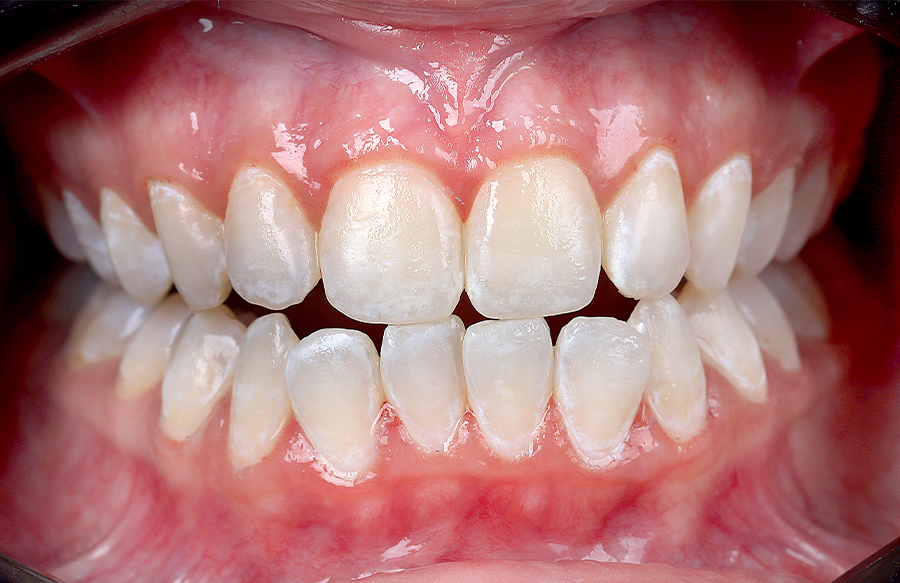
12 | Final protusive.
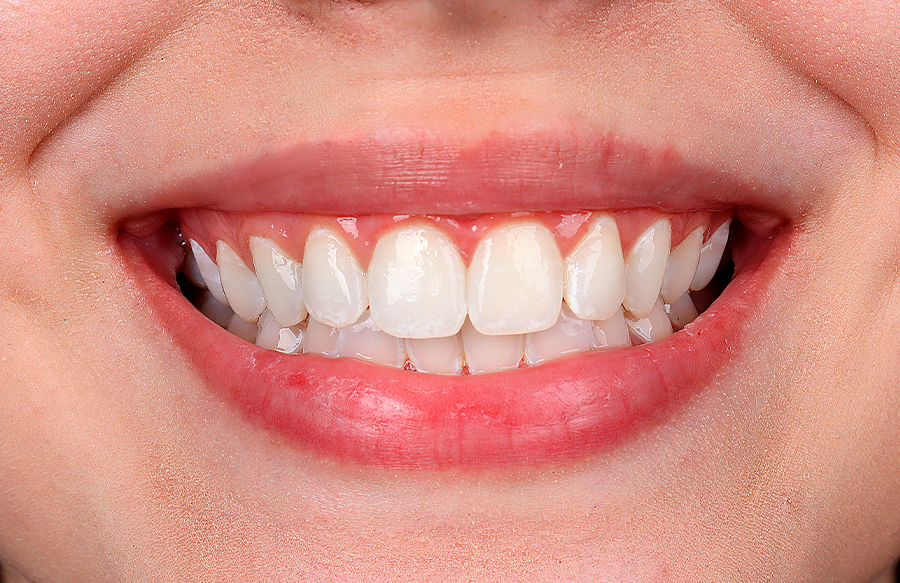
13 | Final smile.
Whiteness Perfect: 5x awarded as the best take-home whitening gel!








